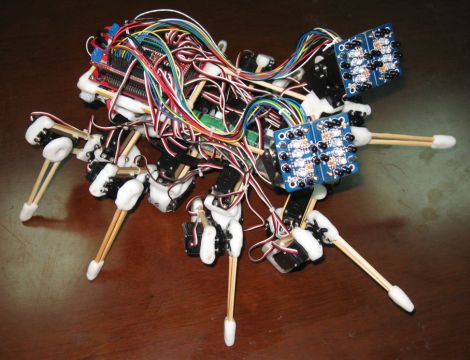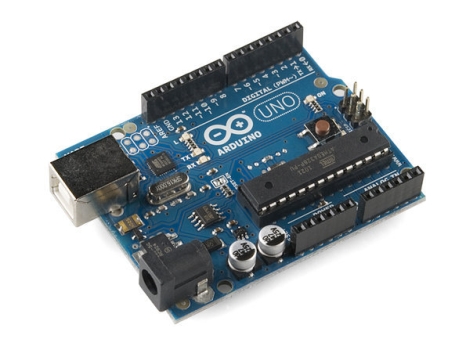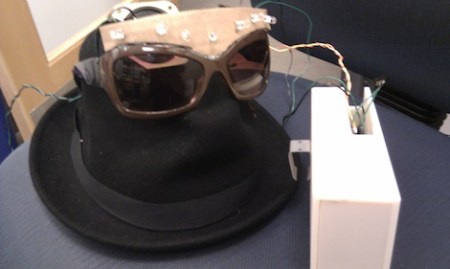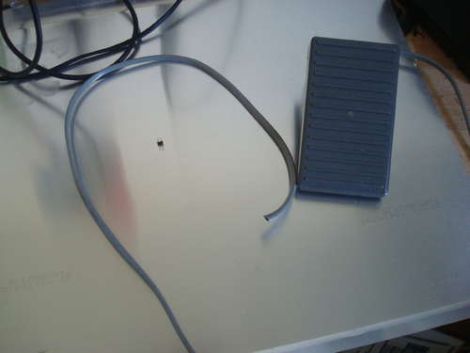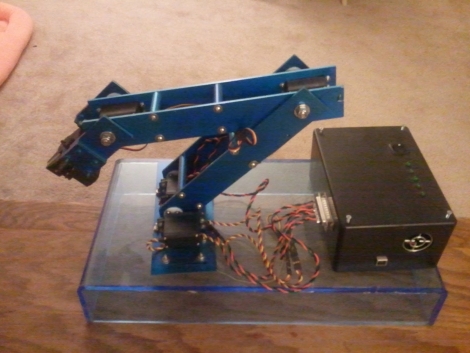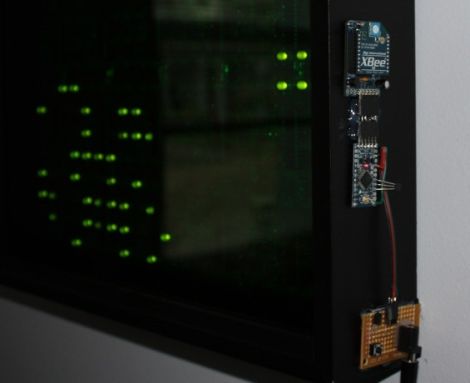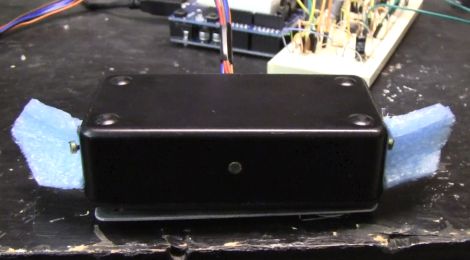
Sound localization is very popular in law enforcement circles due to its accuracy and ability to quickly separate gunshots from other similar noises. These systems don’t come cheap, and after trying to build one himself, [Fileark] knows why.
He thought it would be neat to build a sound localization sensor based on how the human ear determines a sound’s source. Once he got started however, he realized just how hard it was to do localization just right.
He used an LM324N op-amp as a volume comparator, which he says works decently enough though he figures there are ICs out there that can do a better job. [Fileark] reports that the sound detector works well when the source is within about a foot of the sensors, but performance deteriorates at greater distances. He may consider using an ARM Cortex-M3 as his sound processor if he builds a second version, since the Arudino he used just doesn’t have enough power to sample and run calculations within the 10-50 microsecond window he requires.
Keep reading to see a video of his sound localization sensor in action.

